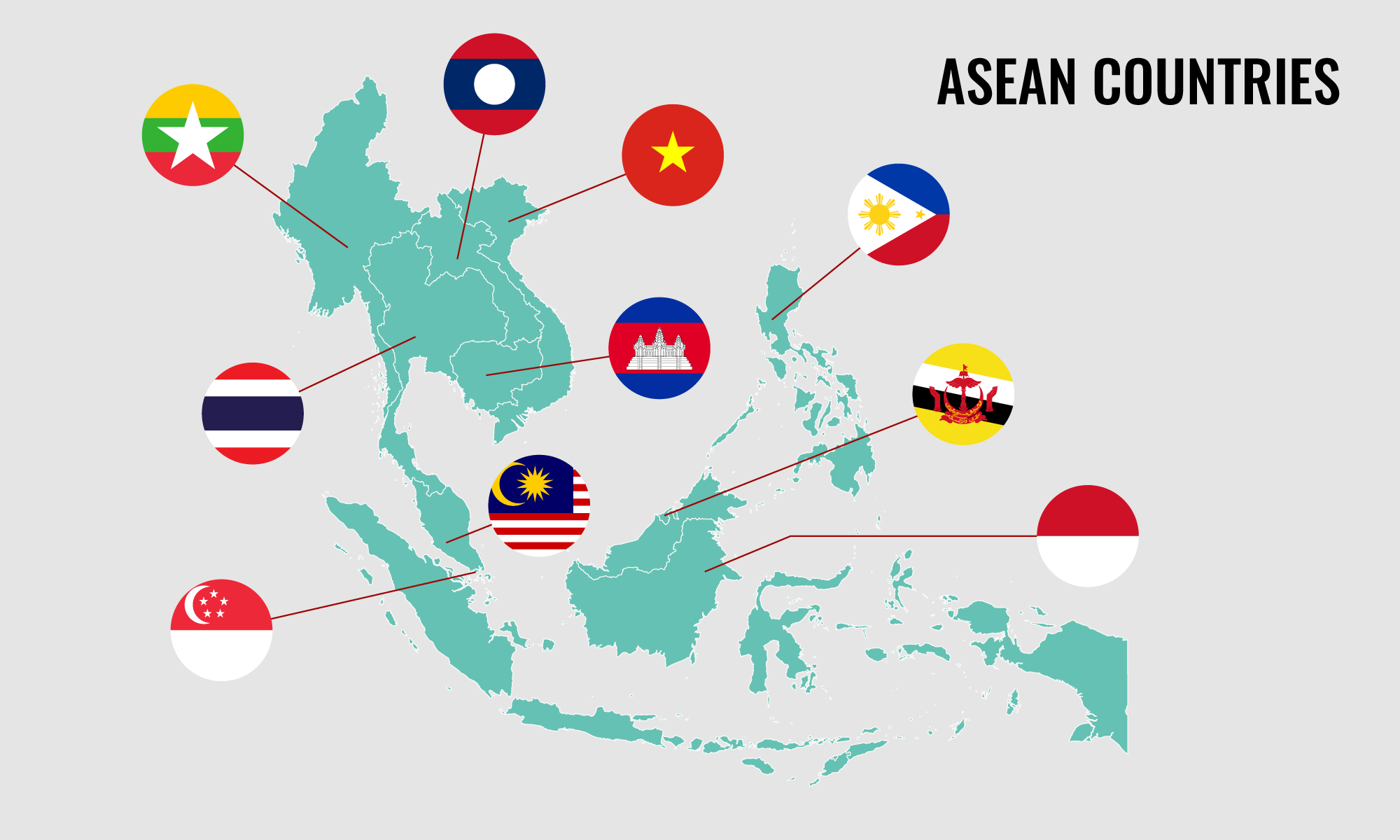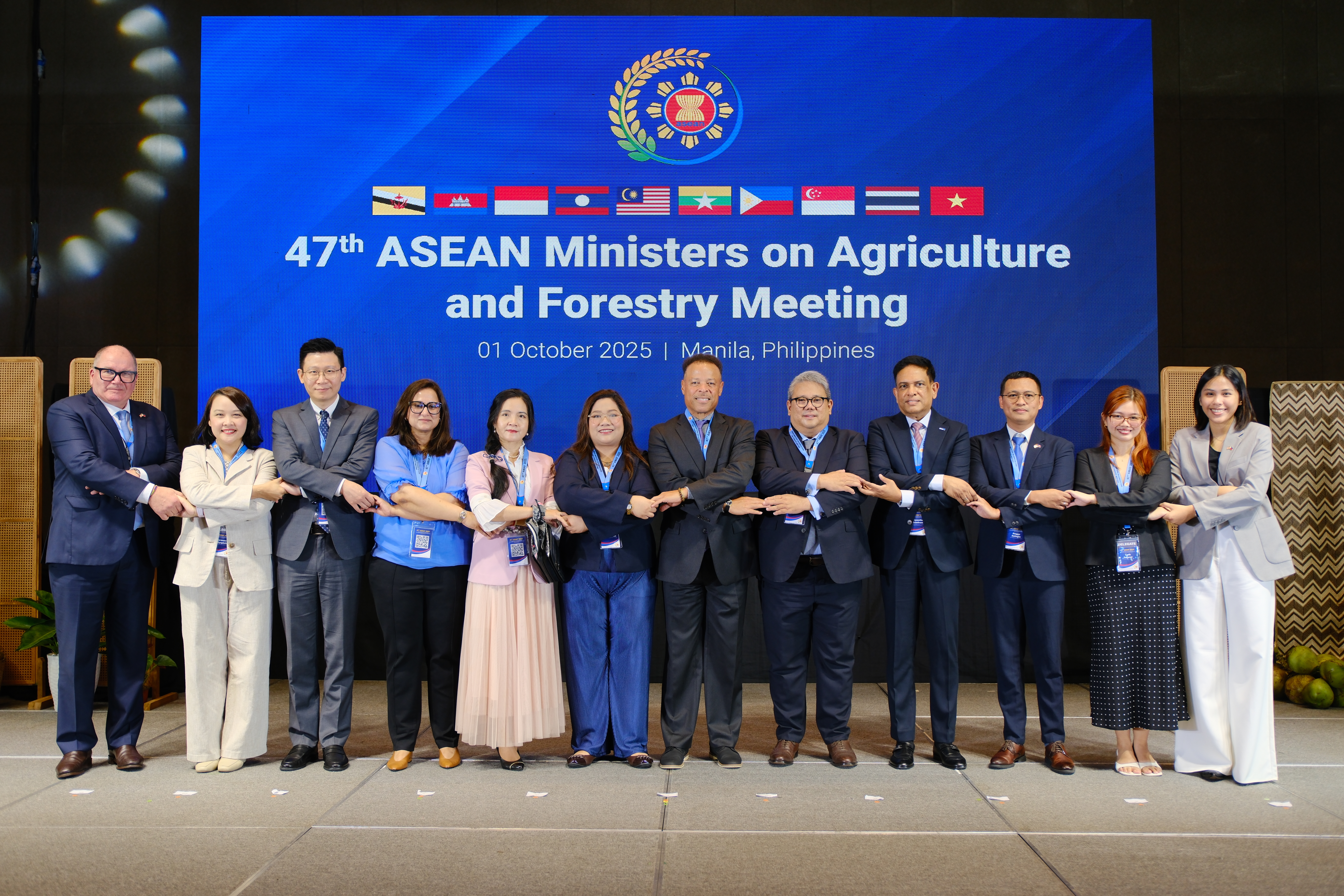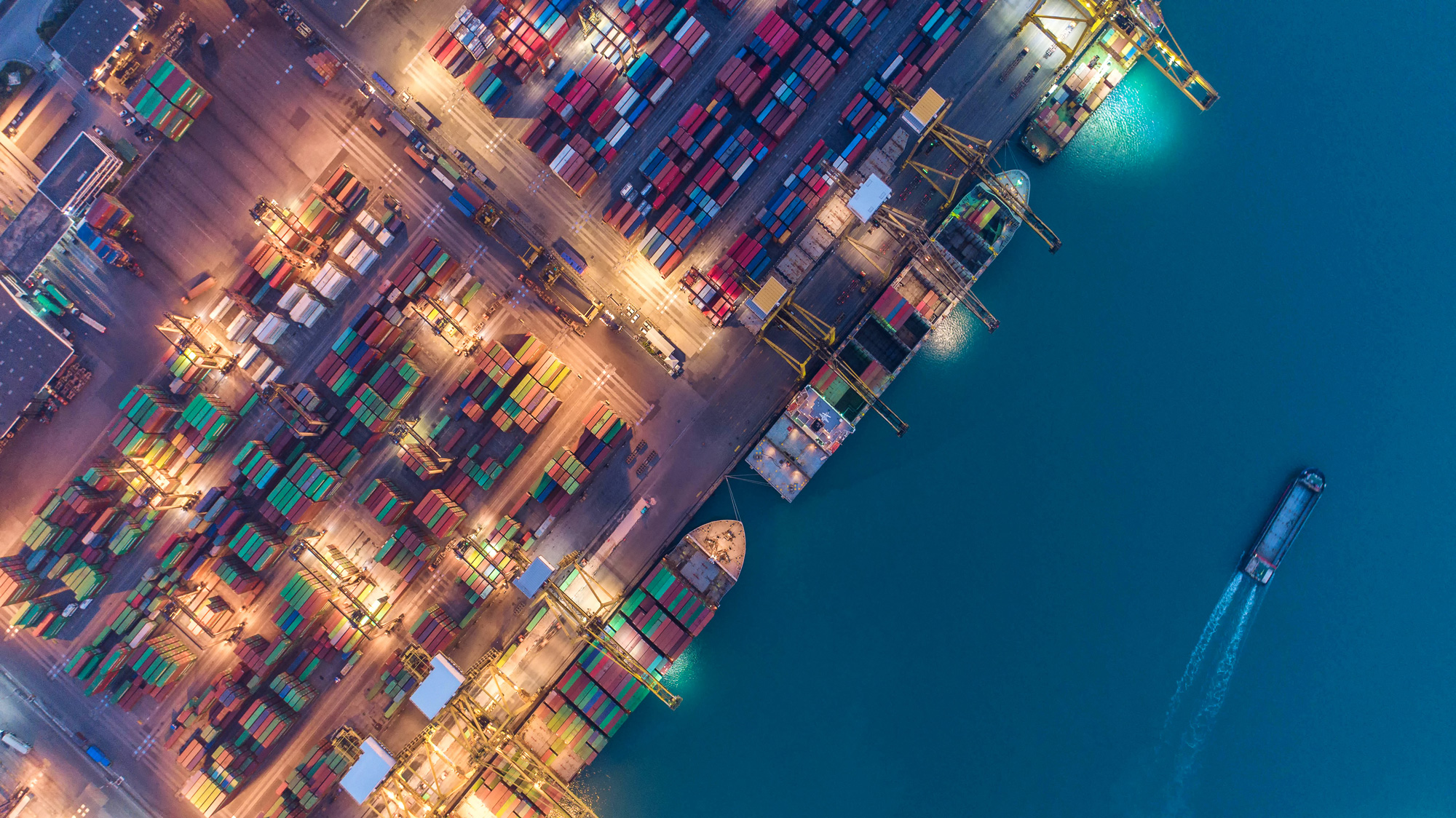ASEAN
Latest Updates
View More



US-ASEAN Business Council in ASEAN
The Council’s is at the forefront of U.S. relation with ASEAN. It is the only U.S. based organization mentioned in the ASEAN charter, and has the unique privilege of participating annually in the meeting of the ASEAN Finance and Economic Ministers, as well as conducting annual consultations with the ASEAN senior officials in charge of Customs, Healthcare, Food & Agriculture and others. The consultations offer both sides an opportunity to exchange views on the business and investment climate, and examine ways in which U.S. companies can work together with the ASEAN Ministers to promote trade and investment in the region.
ASEAN in the United States
The Council is the primary source for information about ASEAN in the United States. With a relationship with the Secretariat dating back to 1984, the Council regularly hosts events and dialogues with officials from all ten ASEAN nations and the Secretariat itself when they visit the United States.
A Permanent Presence in ASEAN
The Council has offices in Bangkok, Hanoi, Jakarta, Kuala Lumpur, Manila & Singapore. Senior Vice President and Regional Managing Director, Amb. Brian McFeeters coordinates the Council’s direct engagement with the Secretariat through the Singapore office.
Success Stories in ASEAN
Since the Council’s engagement with ASEAN began, US-ASEAN bilateral trade has increased nearly seven-fold. The Council has been a key advocate for the progress of US-ASEAN relations, including behind the scenes efforts in support of the normalization of U.S. relations with Vietnam, the US-Singapore Free Trade Agreement, and the U.S. accession to the ASEAN Treaty of Amity and Cooperation.

History of ASEAN
ASEAN was founded in 1967 by the Foreign Ministers of Indonesia, Malaysia, Philippines, Singapore, and Thailand. ASEAN first served as a bulwark against communism in the region, but as the Vietnam War wound down and U.S. and British forces moved out, the leaders of ASEAN began to see its potential as a force for economic integration. In 1984, the Sultanate of Brunei became the sixth member. Since then, ASEAN has added Vietnam, Laos, Cambodia, and the Union of Myanmar.
ASEAN is organized around the Treaty of Amity and Cooperation (TAC), which sets out its key principles as follows: "mutual respect for the independence, sovereignty, equality, territorial integrity, and national identity of all nations; the right of every State to lead its national existence free from external interference, subversion or coercion; non-interference in the internal affairs of one another; settlement of differences or disputes by peaceful manner; renunciation of the threat or use of force; and effective cooperation among themselves".
A number of countries have acceded to the TAC in addition to the ten ASEAN nations, most recently the United States in 2009. These principles of non-interference and cooperative dispute resolution have come to be known as the ASEAN Way.
ASEAN has been working towards greater regional integration, including the adoption of an official charter in 2008 to set down clearly the rules of the organization, the creation of an ASEAN wide Human Rights Body in 2009, and the planned ASEAN Economic Community slated for December 31st, 2015. The AEC aim to create a single market economy, which will enable the ASEAN nations to leverage their combined 620 million consumers and $2.2 trillion GDP to compete for FDI and market share with China and India.
Why is ASEAN important to the United States?
ASEAN is the fifth largest trading partner and fourth-largest export market for the United States with two-way ASEAN-U.S. trade reaching US$200 billion in 2012. US direct investment in ASEAN reached stands at over $157 billion, and is the largest in Asia, nearly three times more than China and ten times more than India.
- ASEAN is the United States 4th largest export market. At $75.5 billion in 2012, exports to ASEAN created or supported over 472,000 jobs in the US according to DOC figures.
- US-ASEAN bilateral goods trade grew by $18.5 billion, or 10.4%, in 2011, with growth in all ten bilateral relationships.
- In 2010, California ($11.4B), Texas ($11.2B), Washington ($5B) Oregon ($3.75B), Illinois ($2.65B), and New York ($2B) had over $2 billion in exports to ASEAN.
- The average ASEAN consumer purchases nearly 1.75 times as many U.S. goods per capita as the average Chinese consumer, and nearly nine times as many as the average Indian consumer.
- These numbers will grow. US-ASEAN trade is up 62% since 2002
Key Statistics



















